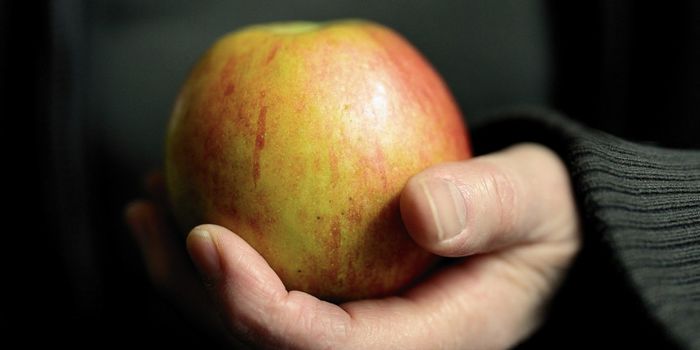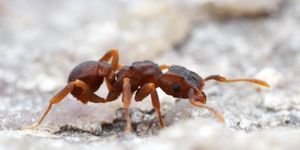Researchers Discover Fluorescence in Flying Squirrels for the First Time
Best known for their innate gliding capabilities, the humble flying squirrel packs an extra flap of skin that doubles as a kite-like gliding system for gracefully moving from one tree to the next. But would you believe us if we told you that their natural aptitude for soaring wasn’t the only characteristic that sets these incredible creatures apart from the rest?
Indeed, it now seems that scientists have happened upon yet another interesting characteristic of these small mammals: natural fluorescence. The surprising findings were published in the Journal of Mammalogy at the end of January.
Image Credit: Jonathan Martin
Fluorescence has been observed a plethora of times in amphibians, birds, and reptiles, but very rarely in any mammal. In a one-off set of circumstances, however, professor and researcher Jonathan Martin was tinkering outside with an ultraviolet flashlight at night when a bright-pink fuzzball suddenly rocketed out in front of him to get to a nearby birdfeeder – it was fluorescing in response to the ultraviolet light.
Martin was taken aback by the discovery at first; unsure if this was being caused by the animal’s diet or some other bizarre condition, he reached out to colleagues to share his findings. Not long after, he and his team visited both the Science Museum of Minnesota and the Field Museum in Chicago to analyze more squirrels and discern whether they too fluoresced under ultraviolet light.
Related: Is this the first fluorescent frog ever discovered?
The team compared and examined at least 135 different squirrels of both the flying and non-flying varieties, and interestingly, none of the non-flying variants fluoresced when exposed to ultraviolet light. On the other hand, variants of flying squirrels from the genus Glaucomys fluoresced a similar shade of pink as the original, signifying that this was normality.
Based on the sample size that the researchers were dealing with, they had no reason to believe that the fluorescent qualities were unique to sex or location; instead, it presented itself in specimens that were captured from all over the world from the 19th to 21st centuries.
It’s somewhat fascinating that flying squirrels have hidden their fluorescence from researchers for all this time, but it certainly raises questions as to why they sport such a unique trait. One theory is that because the animals are nocturnal, they rely on fluorescence to recognize one another in low-light situations. On the other hand, it could also be happenstance.
Related: Unexpected fluorescence discovered in chameleons
Notably, the study didn’t investigate all known types of flying squirrels, so it’s plausible that future research could pick up where this study left off. It should be interesting to learn whether it’s more widespread than initially thought or not.
Source: National Geographic, Journal of Mammalogy









